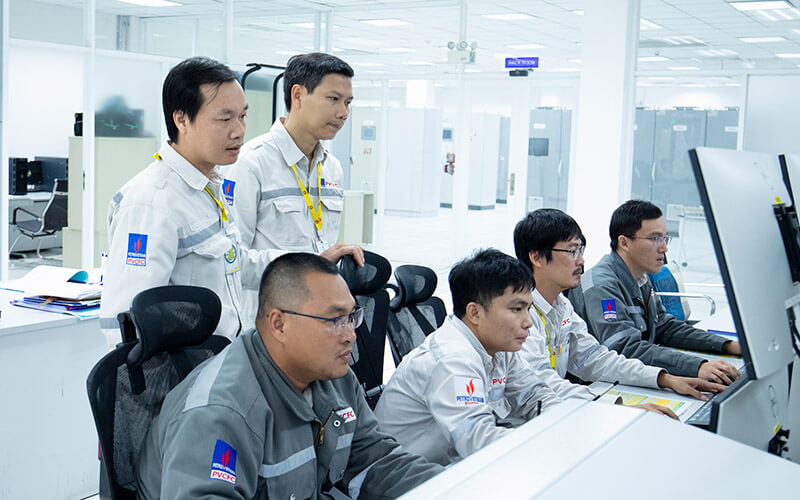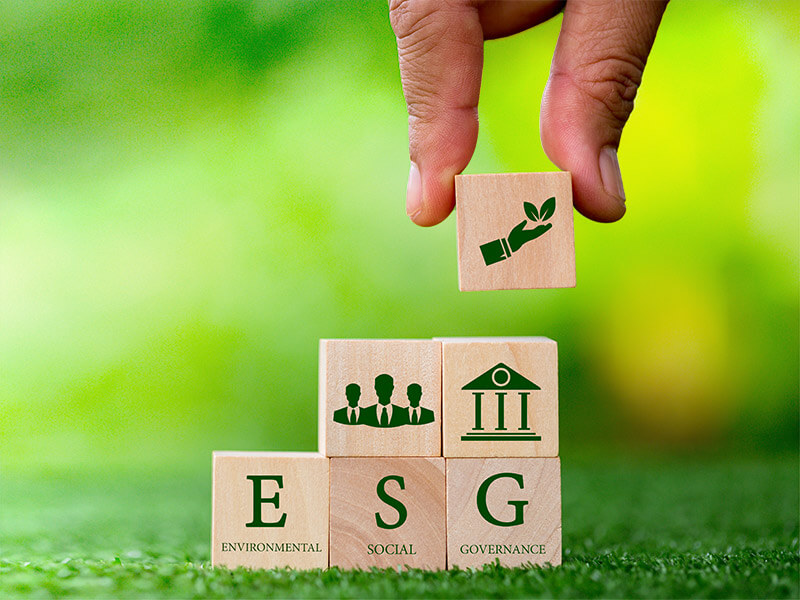PVCFC's Perspective Regarding Regulations Related to Environmental and Social Factors
SASB RT-CH-530a.1
The company is committed to pioneering the full and proper implementation of environmental and social legal regulations, as well as fulfilling its responsibilities to the community for a greener industrial environment. From the beginning of production operations, the company has always focused on waste control efforts to minimize negative impacts on the environment and community, while also increasing the efficient use of resources and energy through production optimization solutions, thorough energy recovery, and greenhouse gas emissions reduction. In addition to fully carrying out its responsibilities toward the environment and community, the company also recognizes two factors that may affect its upcoming business and production activities. First is participation in the carbon credit market, as the company plans to export fertilizers to demanding markets, it hopes the government will soon issue official documents and provide guidance on calculating emissions-including Scope 1, 2, and 3-and on entering the carbon credit market. Second is the application of new environmental regulations concerning emissions at the company’s existing factories. In order for current emission levels at smokestacks (which currently meet previous standards) to comply with new standards, the company must upgrade its treatment systems, which will require appropriate solutions and costs. Therefore, the government needs to implement policies that provide guidance and support for upgrading these treatment facilities.
At Petrovietnam Ca Mau Fertilizer Joint Stock Company - PVCFC
PVCFC strictly complies with regulations on greenhouse gas emission reporting. As a fertilizer production and trading enterprise, PVCFC adheres to the compliance reporting requirements under Government Decree No. 06/2022/NĐ-CP on greenhouse gas emission reduction and ozone layer protection, as well as Circular No. 38/2023/TT-BCT on measuring, reporting, and verifying greenhouse gas emission reduction and inventory in the industrial and trade sector. In 2024, PVCFC aims to complete the greenhouse gas inventory for the Ca Mau Fertilizer Plant and submit it to the Ca Mau Provincial People's Committee by March 31, 2025. Additionally, it will develop a greenhouse gas emission reduction plan for the 2026-2030 period, which must be submitted to the Ministry of Natural Resources and Environment, the sectoral management ministry, and the Ca Mau Provincial People's Committee by December 31, 2025. PVCFC strictly complies with regulations on greenhouse gas emission reporting. As a fertilizer production and trading enterprise, PVCFC adheres to the compliance reporting requirements under Government Decree No. 06/2022/NĐ-CP on greenhouse gas emission reduction and ozone layer protection, as well as Circular No. 38/2023/TT-BCT on measuring, reporting, and verifying greenhouse gas emission reduction and inventory in the industrial and trade sector. In 2024, PVCFC aims to complete the greenhouse gas inventory for the Ca Mau Fertilizer Plant and submit it to the Ca Mau Provincial People's Committee by March 31, 2025. Additionally, it will develop a greenhouse gas emission reduction plan for the 2026-2030 period, which must be submitted to the Ministry of Natural Resources and Environment, the sectoral management ministry, and the Ca Mau Provincial People's Committee by December 31, 2025.
As of now, PVCFC has worked with a consulting unit to prepare the 2024 facility-level greenhouse gas inventory report for the Ca Mau Fertilizer Plant (The company has already conducted training on greenhouse gas inventory reporting and emission reduction planning for relevant employees and is currently in the phase of on-site surveys, data collection, and processing).
At the Ca Mau Fertilizer Plant, the direct combustion fuel for the technological system includes fuel for the auxiliary boiler, the reforming unit, and the flare system. The total gas consumption in 2024 is estimated at 559.18 million Sm³, an increase of 0.58% compared to 2023 (555.98 million Sm³). The gas energy consumption in 2024 is 35.61 GJ per ton of NH₃, an increase of 0.65% compared to 2023 (35.38 GJ per ton of NH₃).
In 2024, for the first time, PVCFC fully reported CO2greenhouse gas emissions according to the GHG Protocol guidelines. However, the data and statistics have been monitored and compared annually. Preliminary calculations for 2024, based on the main emission sources at PVCFC show that total emissions increased by 1.43%, but the emission intensity per ton of produced product decreased by 4.45%, demonstrating the effectiveness of improvements and emission reduction solutions at the Ca Mau Fertilizer Plant
At PetroVietnam Packaging Joint Stock Company (PPC)
For the PPC factory, there are two main product categories: Packaging and Fertilizers. Direct emissions primarily come from DO oil combustion used as fuel and for the forklift system in fertilizer production, meanwhile, indirect emissions mainly stem from electricity consumption, primarily for packaging production. In 2024, direct emissions increased by 74.15% due to a 278% rise in fertilizer production compared to 2023. Similarly, indirect emissions increased as packaging production grew by 11.39% compared to 2023. However, the emission intensity per ton of fertilizer product decreased by 12.26% compared to 2023.
Korea-Vietnam Fertilizer Co., Ltd
For KVF Company, the main product type is NPK fertilizer. Direct emissions come from natural gas (NG) combustion in the fertilizer production process and diesel oil (DO) used for the forklift system at the factory, while indirect emissions stem from electricity consumption. The total emissions for 2024 amount to 12,882.98 tons of CO2, representing a 1.89% increase compared to 2023. However, the emissions intensity tons of CO2per ton of product decreased by 5.46% from last year, driven by an increase in production output in 2024.
TOTAL DIRECT EMISSIONS
0
Tons CO2/year
TOTAL INDIRECT EMISSIONS (SCOPE 2)
0
Tons CO2/year
TOTAL CONSOLIDATED EMISSIONS (SCOPE 1 AND 2)
0
Tons CO2/year


